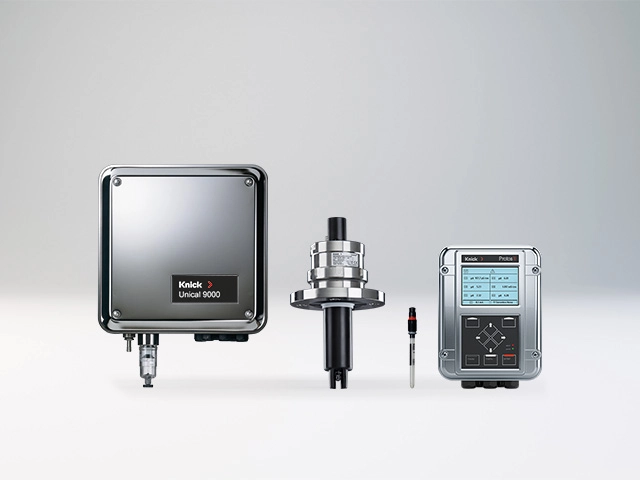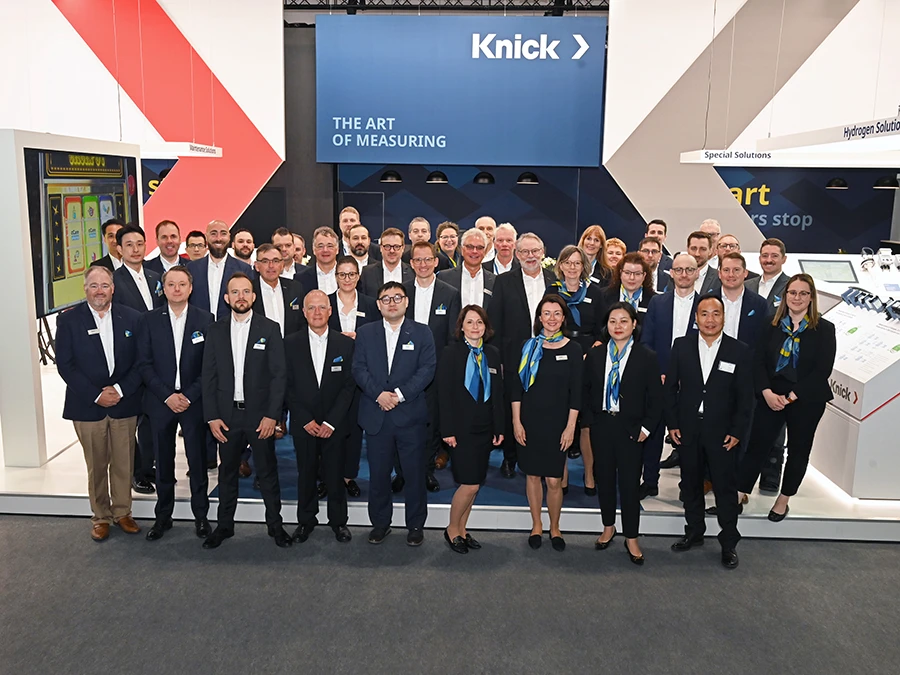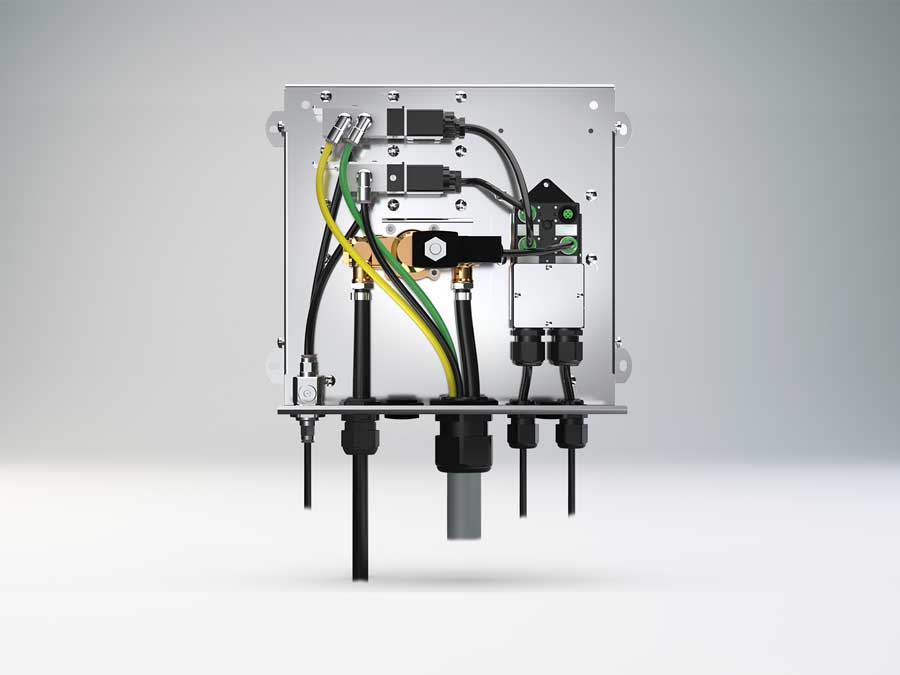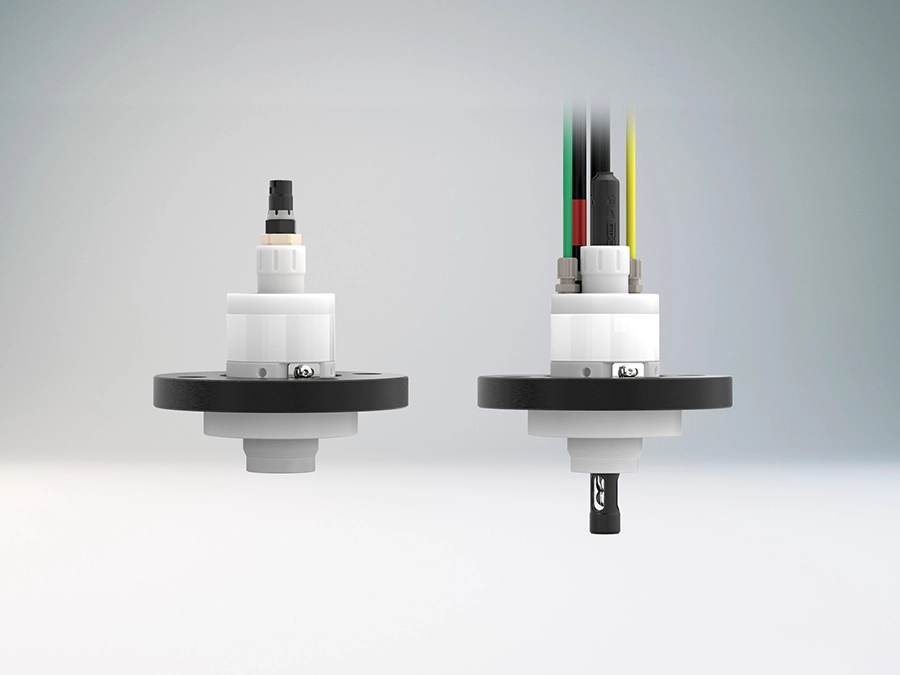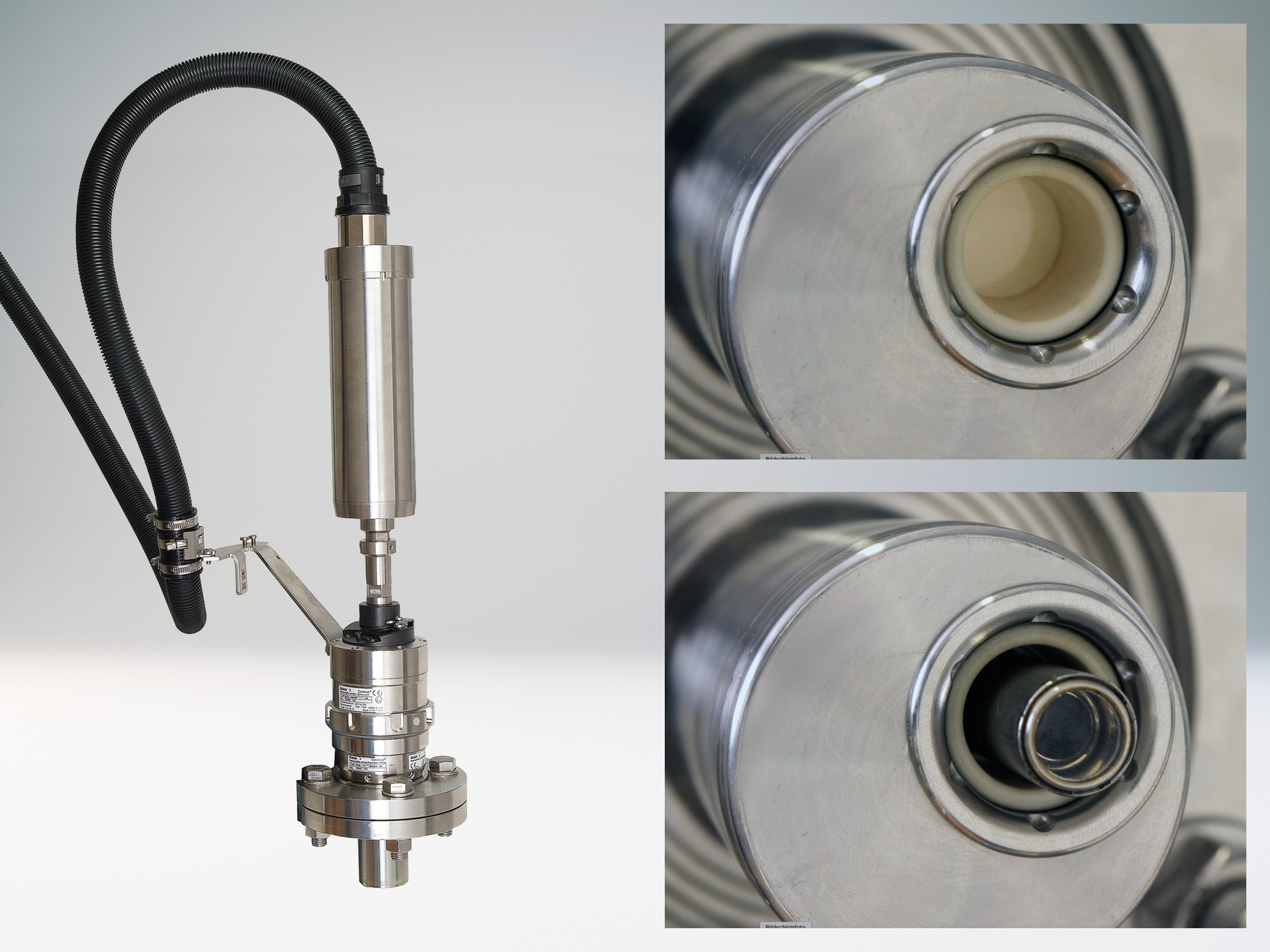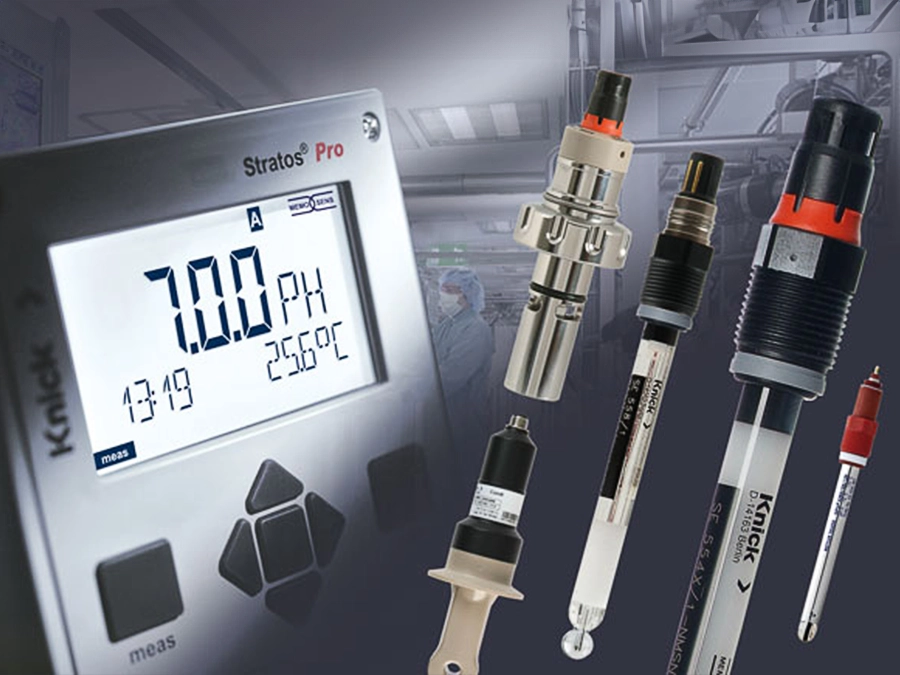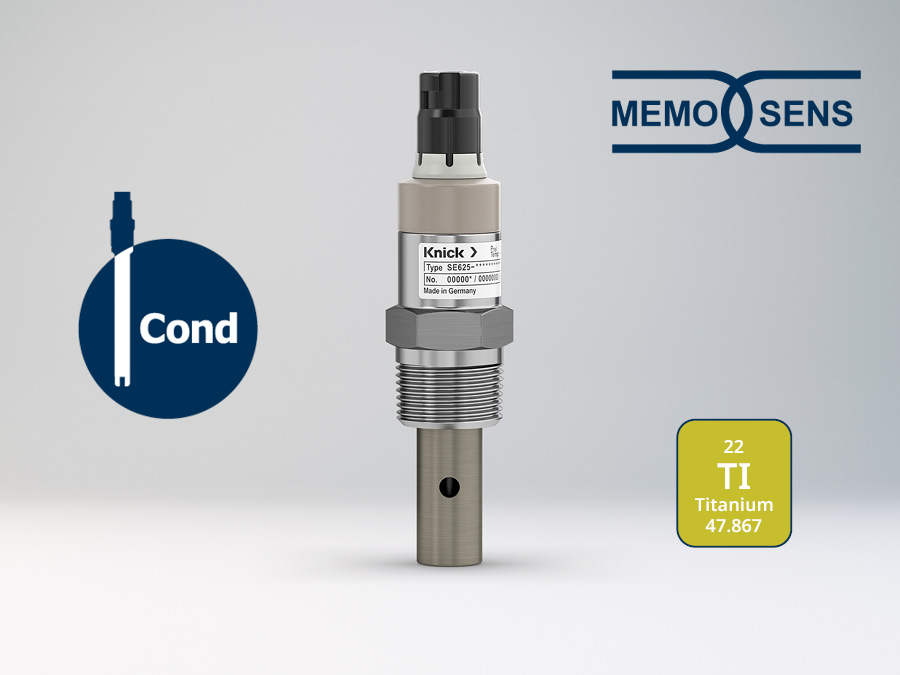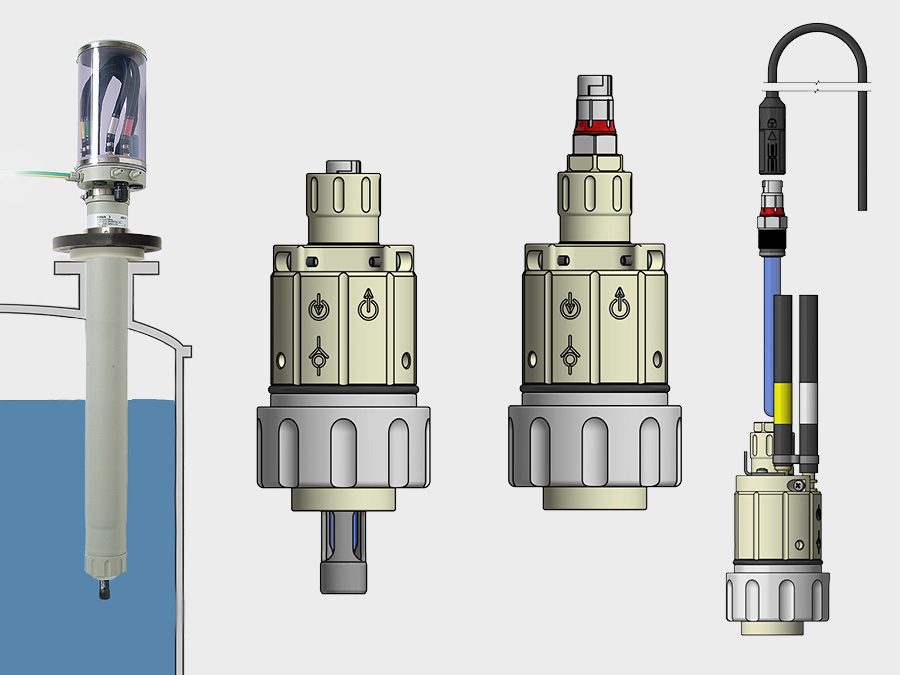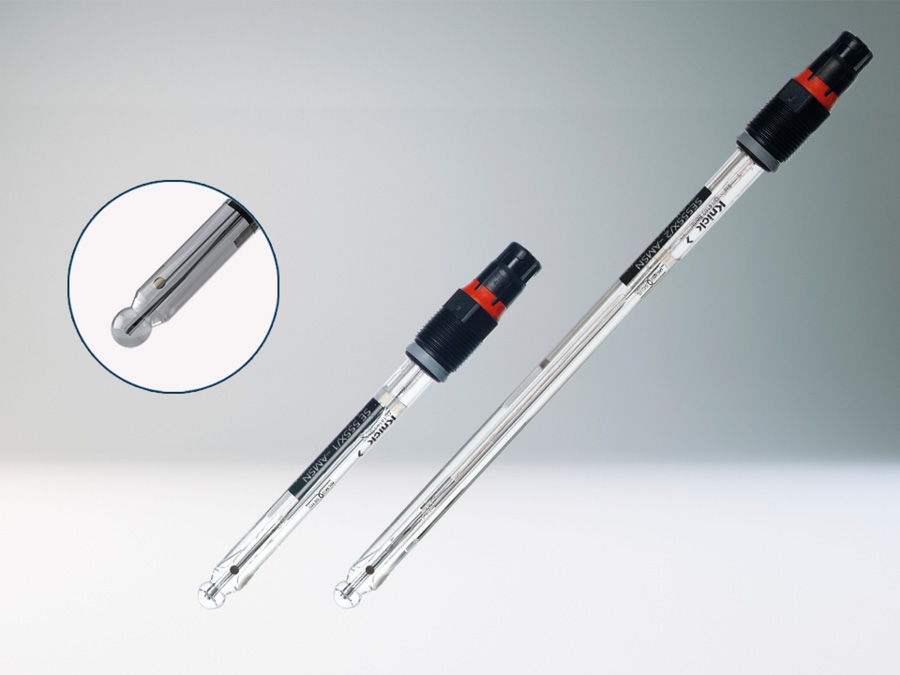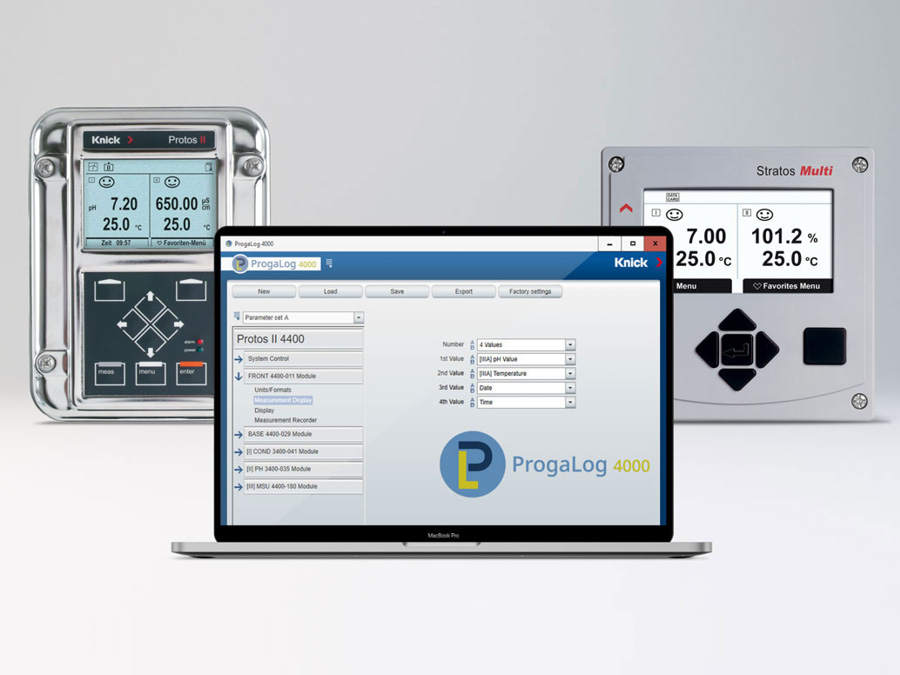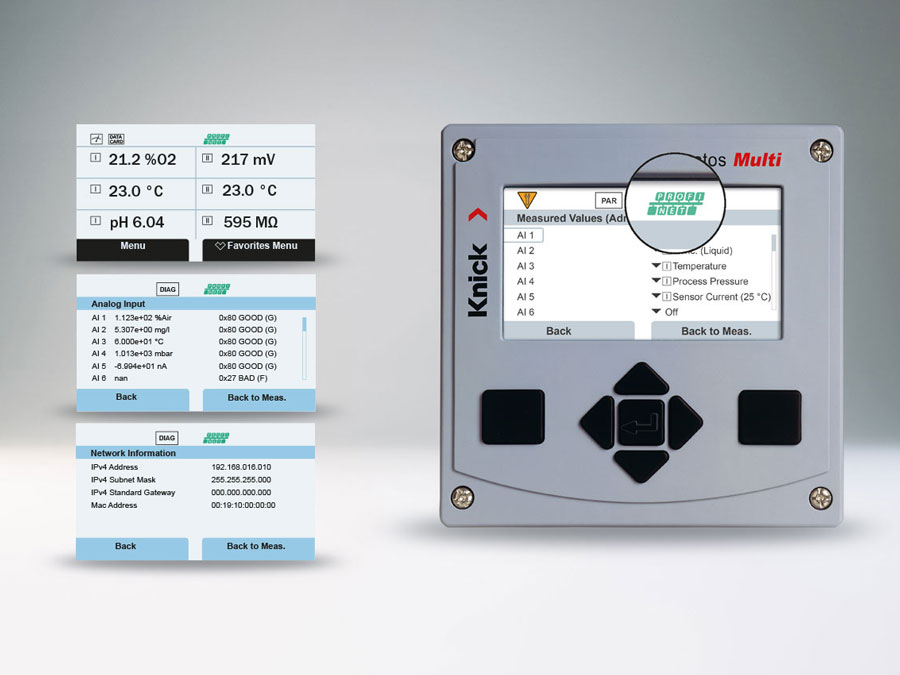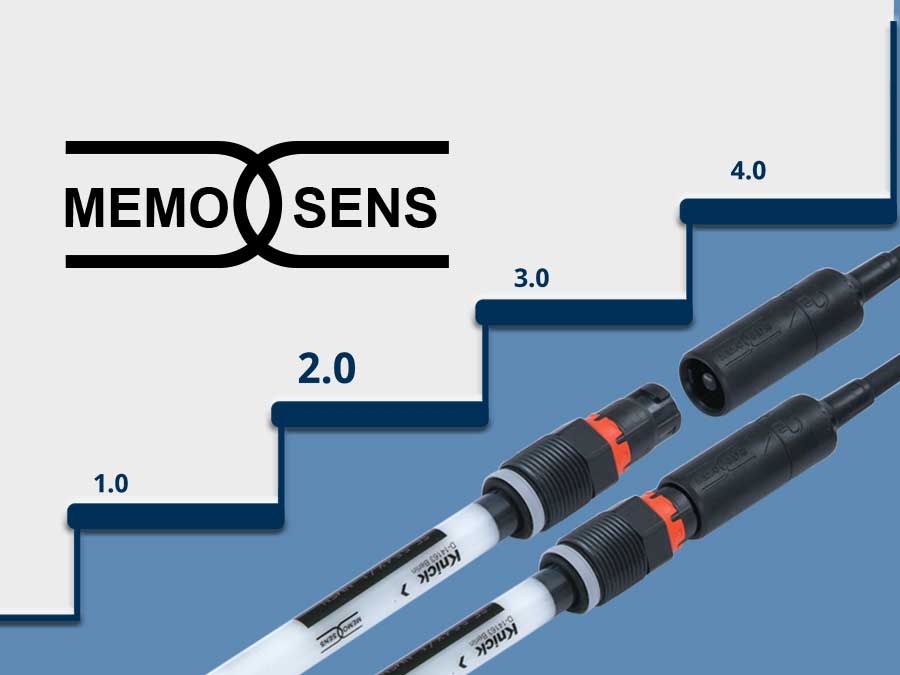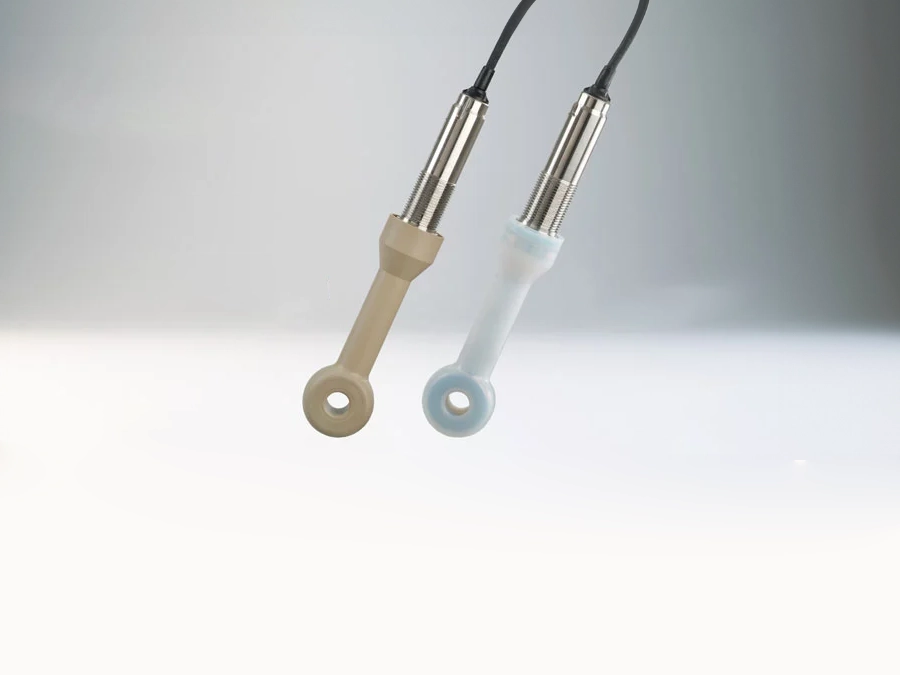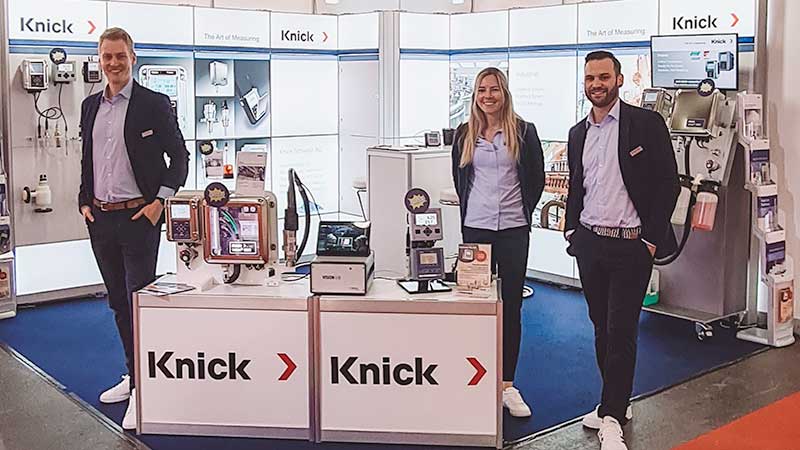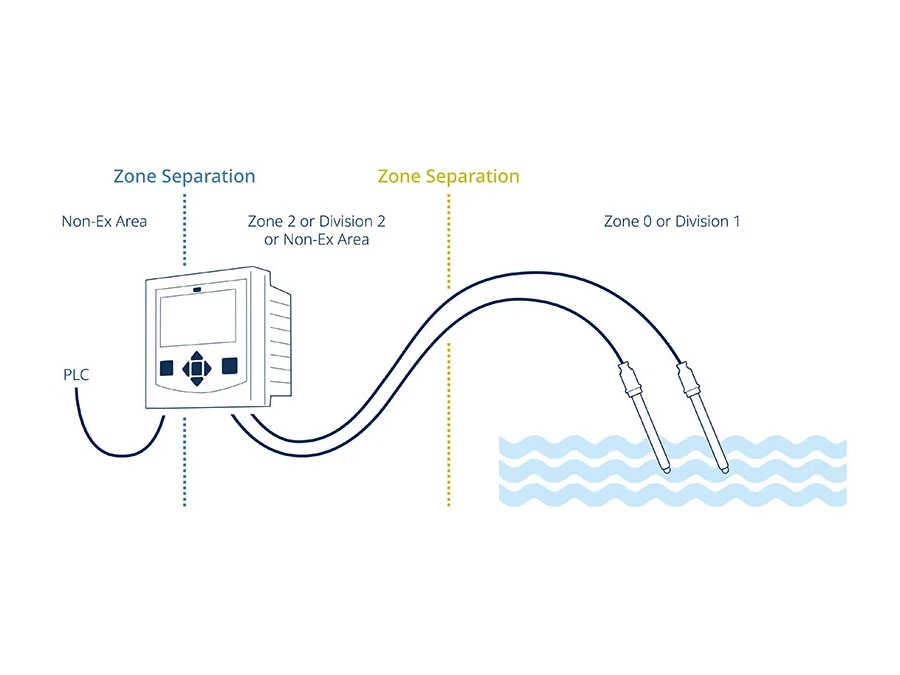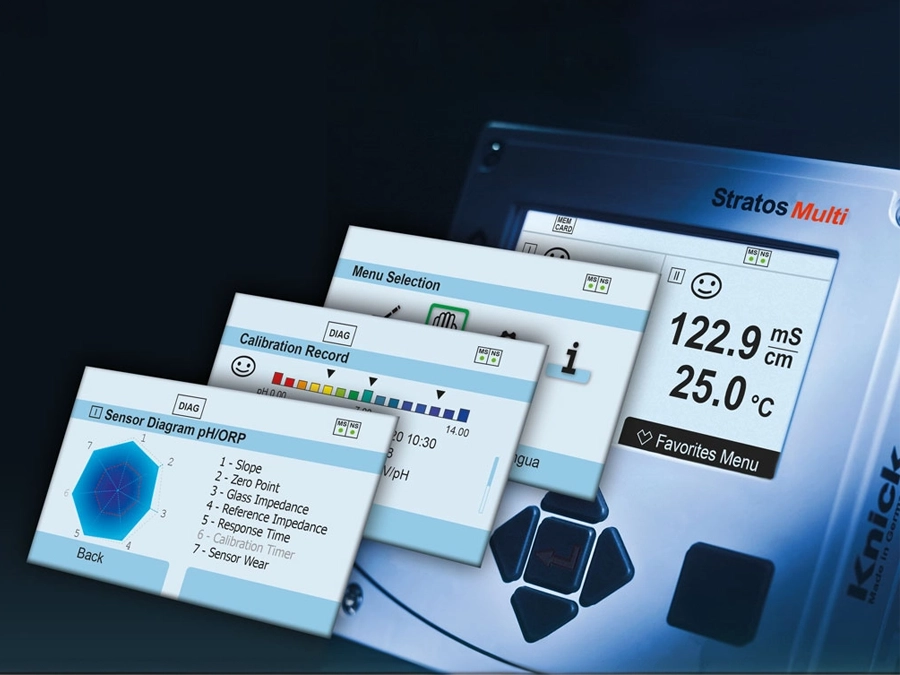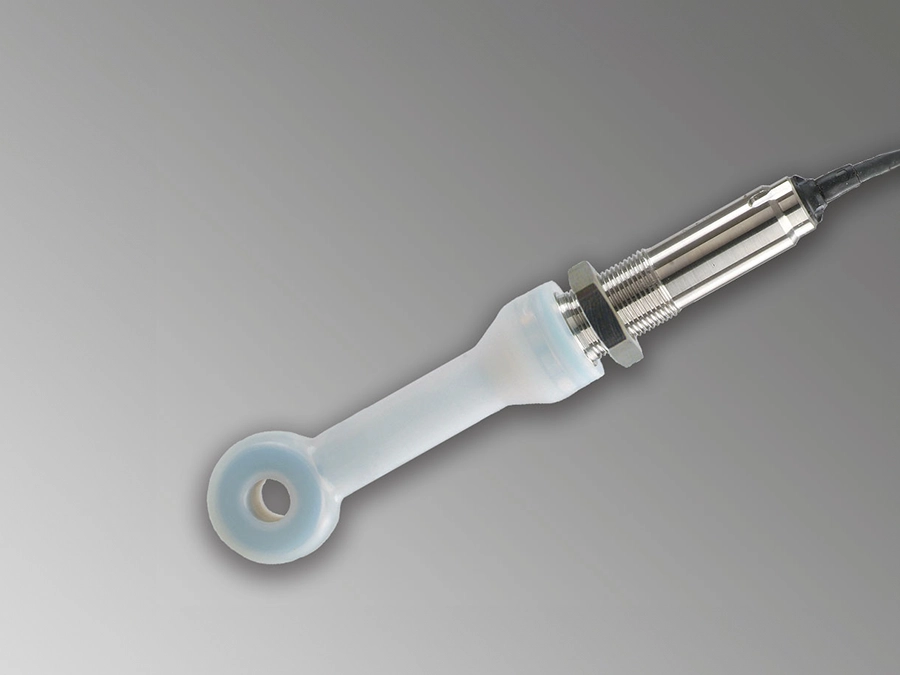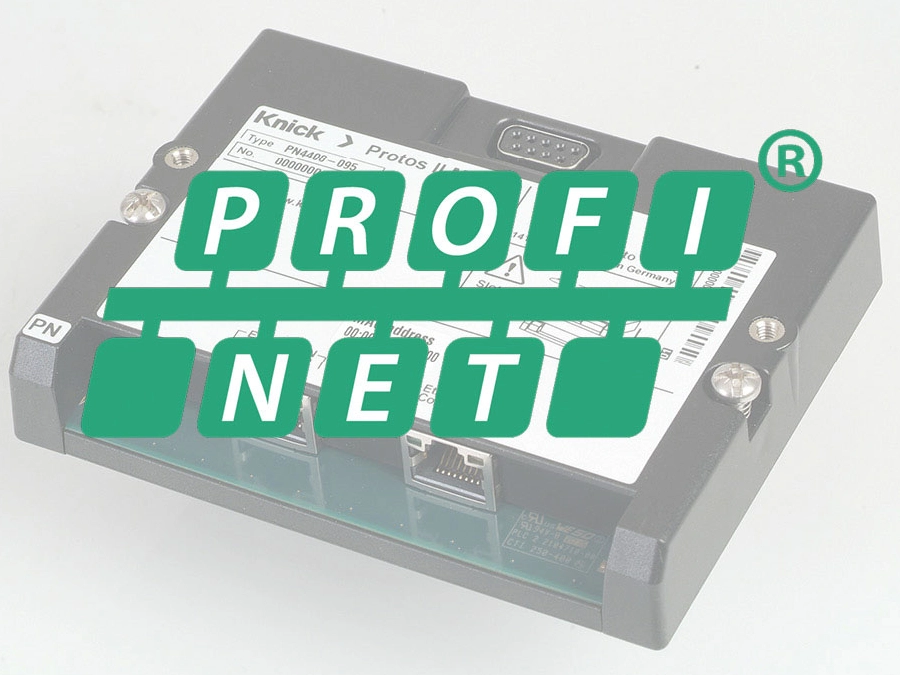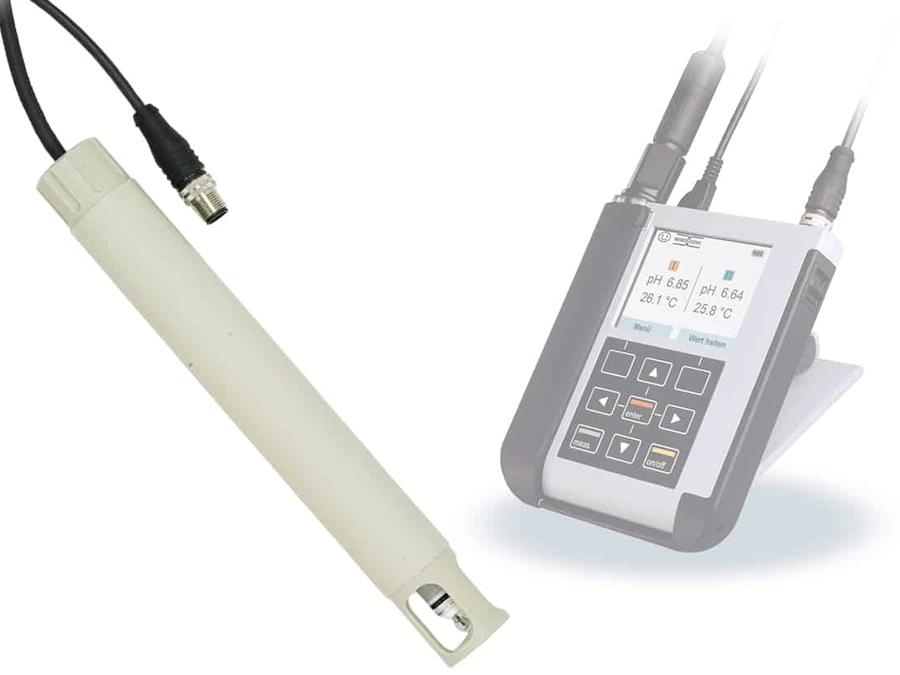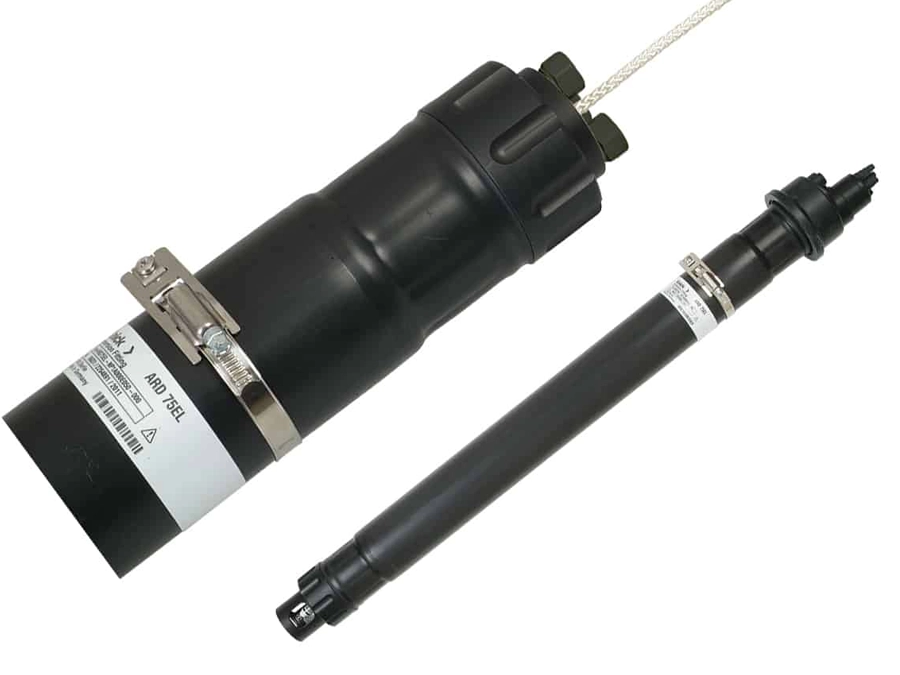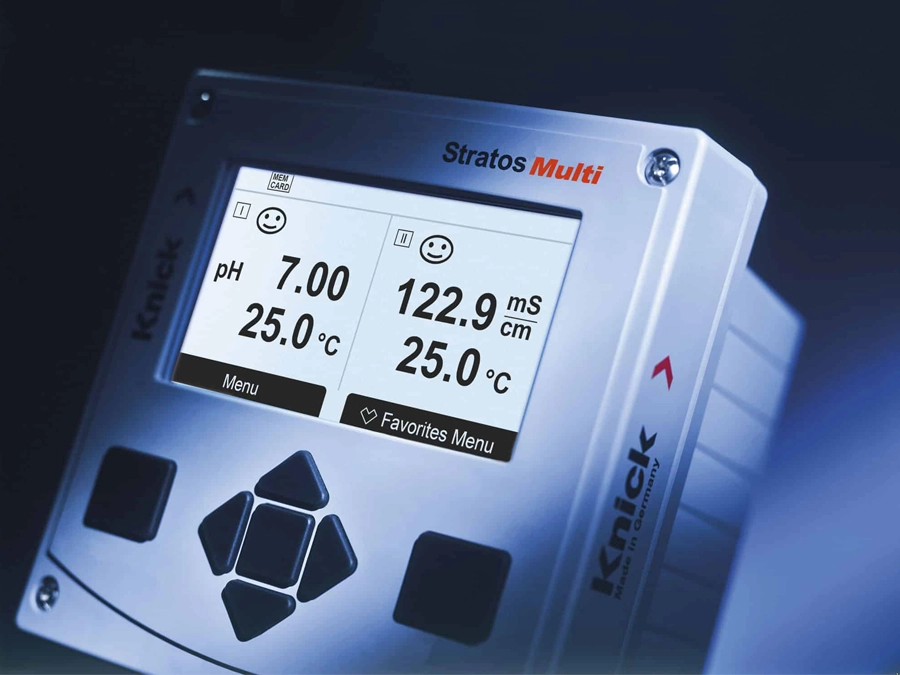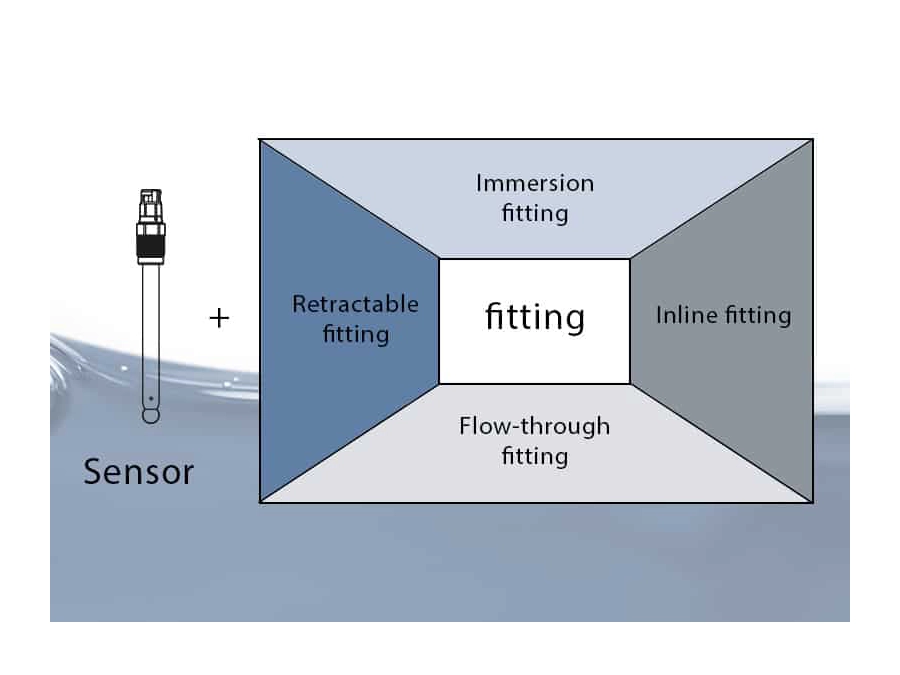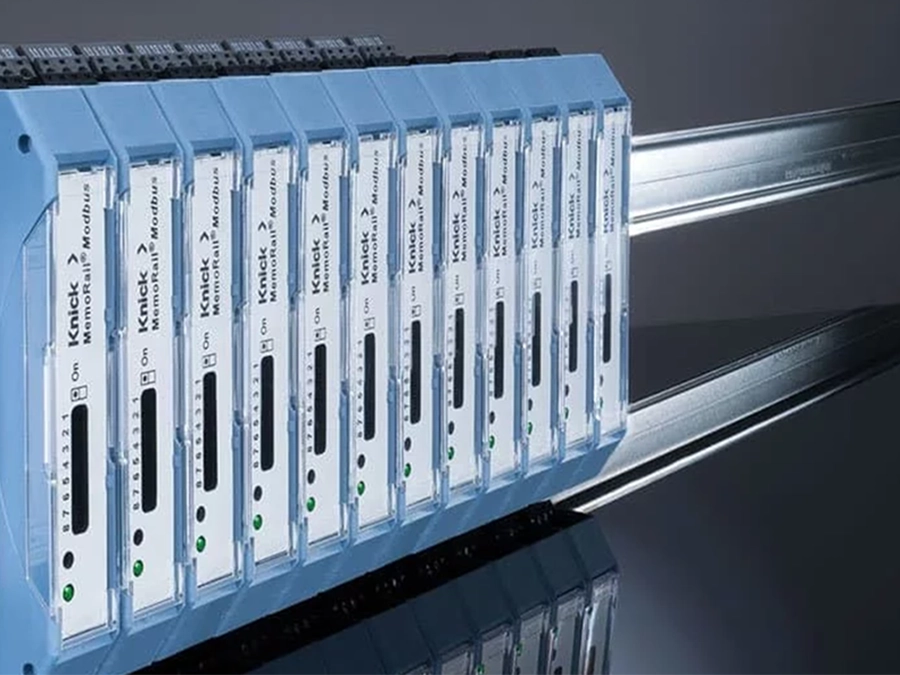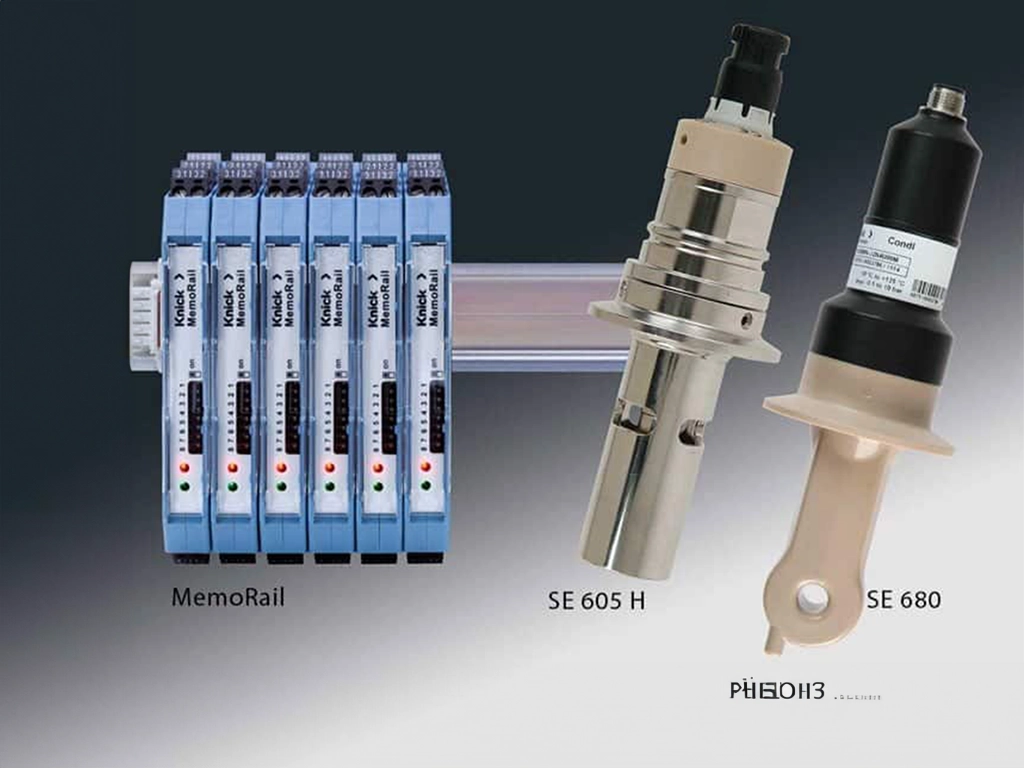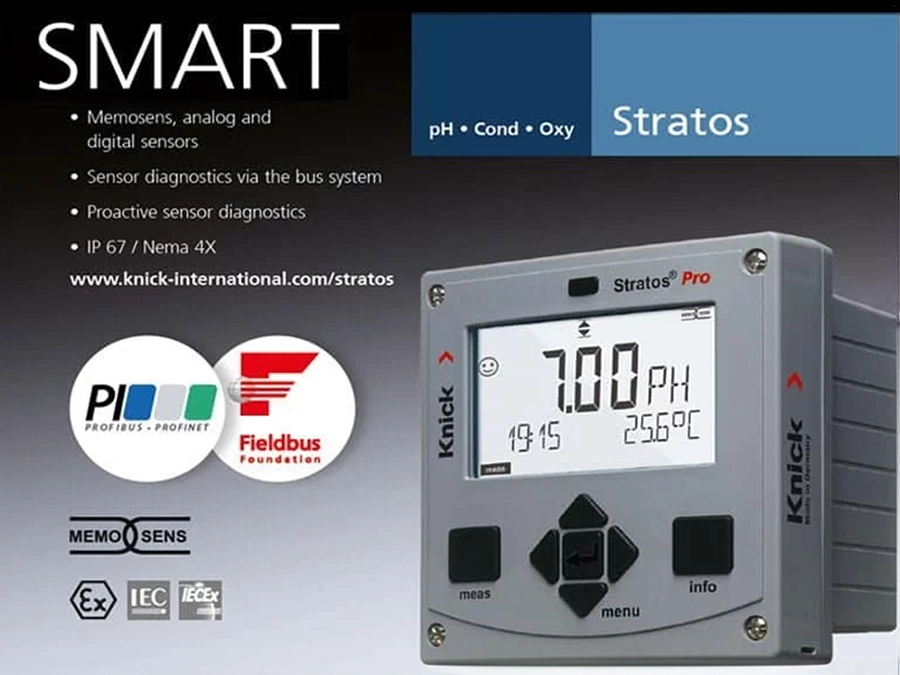BL513 Isolated Standard Signal Conditioner | Input and Output 0(4) … 20 mA or 0 … 10 V | Isolation up to 300 V
Product number:
BL513
Description
BL513 Isolated Standard Signal Conditioner | Input and Output 0(4) … 20 mA or 0 … 10 V | Isolation up to 300 V
The mains-powered isolator for standard signals
- Universal power adapter for 24 V DC supply or 100 … 230 V mains supply
- Galvanic 3-port isolation prevents measurement errors
- Exemplary signal transmission for standard applications
- Conversion of one standard signal to another one, as required
- Calibrated range selection without complicated manual adjustments
- Easy configuration using DIP switches – protected against accidental adjustment
- CE compliant and UL approved
- 3-year warranty
- Perfect price-performance ratio
We look forward to hearing from you!
Contact Us
| Product Category: | Isolated Signal Conditioner |
|---|---|
| Device Type: | Universal Isolated Signal Conditioners |
| Input: | (±)10 V, (±)20 mA, 4 … 20 mA |
| Output: | 0 … 10 V, 0 … 20 mA, 4 … 20 mA |
| Working Voltage, Min.: | 50 V, 300 V |
| Test Voltage: | 510 V |
| Fault Class: | < 0.5 % |
| Housing: | 12.5 mm Modular housing |
| Cutoff Frequency: | < 1 kHz |
| Power Supply: | 24 V AC, 24 V DC, 220 / 230 V AC |
| Product Line: | BasicLine |




